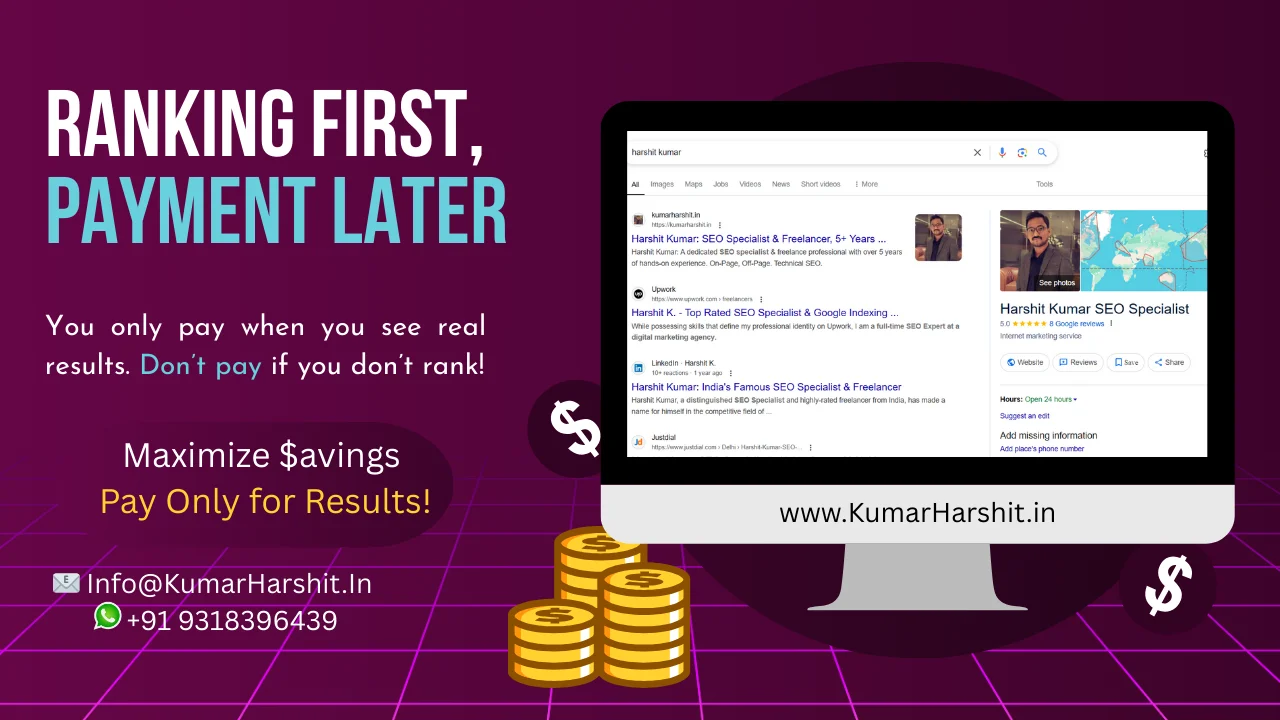When discussing show arrangements, the term SMD screen appears more frequently. The issue is that it can sometimes refer to two different rearrangement apparatuses. To be sure, the Drove screen, TV, or LCD Drove should not be confused. However, as we have actively investigated in other articles, these are two different arrangements with specific activities. So, in this section, we will define an SMD screen, explain how it works, and discuss its advantages.
WHAT EXACTLY IS A DRIVEN SCREEN?
LEDs are an immediate part of the picture on this type of screen. These will serve as pixels or sub-pixels. Depending on the size and purpose of the screen, these LEDs can take several forms: Plunge, SMD, COB, and even microLED are all options. They are then linked to creating modules gathered to form screens. In this way, they are not reliant on a dissemination window. As a result, Driven screens of any size and shape can be delivered.
Furthermore, Drove screens are supposed to be emissive. This implies that the actual image generates light, unlike LCD arrangements, such as Drove TVs, where the activity method is supposed to be latent or disseminated. In this case, LEDs are used for background illumination, the radiance of which is then captured. As a result, they require a dispersion plate. This difference in activity will significantly impact both the screen’s brightness and the quality of the final image.
HOW CAN A DROVE SCREEN WORK?
As previously stated, the activity of a Drove screen is determined by the Drove module gathering. These modules are then assembled in a case with a control board. They are in charge of dealing with the movement of the LEDs to create the image. The containers are then planned out to determine which part of the image each should display.
Finally, like any other screen, the Drove arrangement should be associated with a source. Depending on the intended use, this source could be a USB key, a PC outfitted with control programming, a decoder, or something else.
THE ADVANTAGES PRESENTED BY ITS SCREENS
Driven screens provide numerous advantages due to their unique construction. Most importantly, they are not subject to a fluctuating precious stone board. As a result, they provide extraordinary variety in size and shape. Previously used for massive screens, they can now be used for smaller arrangements such as TVs.
Similarly, the fact that this solution is an emissive screen allows it to provide unrivalled picture quality. It is certainly possible to drive each pixel independently. SMD screens, in this way, offer a greater depth of difference and a more extensive and striking variety range. Furthermore, they provide a better glow and are less susceptible to the impact of reflection. Finally, because there is no dispersion board, picture maintenance is complete. The Drove can be turned on or off.
SO, WHAT EXACTLY IS A DRIVEN SCREEN?
A Drove screen is an emissive dispersion configuration in which each Drove functions as a pixel or sub-pixel. It has the advantage of overcoming the limitations of the LCD to provide greater adaptability and picture quality. A specific arrangement allows the screen to be gathered or isolated.
For a long time, these arrangements were constrained by the size of the LEDs, which did not allow for reasonable goals. As a result, they were primarily used to create monster screens. However, recent advancements in microLED and COB arrangements now make it possible to offer Drove screens that rival or even outperform LCD Outdoor Smd Screen on more modest configurations. Even if these arrangements are costly, they will undoubtedly become more well-known in the coming years. Driven screens should then continue to contribute to homes.



